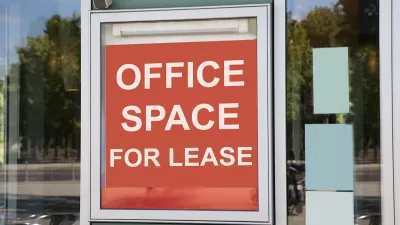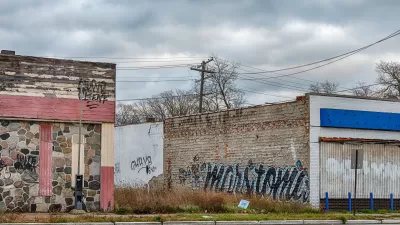Tax caps, assessment limitations, and other property tax relief programs have caused significant damage to the largest source of revenue for ailing cities, says a new book by the Lincoln Institute of Land Policy.
From the press release:
"Erosion of the Property Tax Base: Trends, Causes, and Consequences, edited by Nancy Y. Augustine, Michael E. Bell, David Brunori, and Joan Youngman(...), details how a variety of policies designed to reduce property tax burdens -- and to accomplish other social and economic goals through property tax exemptions or abatements – has threatened the largest single source of state and local revenues across the country.
"A tax with a broad base and low rates is generally simpler, fairer, and more efficient than one that raises the same revenue with high rates on a narrow base," said Joan Youngman, senior fellow and chair of the Department of Valuation and Taxation at the Lincoln Institute. But, she added, "A variety of political, social, and economic factors make the tax a prime target for reduction, limitation, and exemption proposals."
This is in part because the property tax is a highly visible tax, and requires cash payments even if property may not be yielding cash income."
FULL STORY: Property tax base erodes just when needed most, experts say

Alabama: Trump Terminates Settlements for Black Communities Harmed By Raw Sewage
Trump deemed the landmark civil rights agreement “illegal DEI and environmental justice policy.”

Planetizen Federal Action Tracker
A weekly monitor of how Trump’s orders and actions are impacting planners and planning in America.

The 120 Year Old Tiny Home Villages That Sheltered San Francisco’s Earthquake Refugees
More than a century ago, San Francisco mobilized to house thousands of residents displaced by the 1906 earthquake. Could their strategy offer a model for the present?

In Both Crashes and Crime, Public Transportation is Far Safer than Driving
Contrary to popular assumptions, public transportation has far lower crash and crime rates than automobile travel. For safer communities, improve and encourage transit travel.

Report: Zoning Reforms Should Complement Nashville’s Ambitious Transit Plan
Without reform, restrictive zoning codes will limit the impact of the city’s planned transit expansion and could exclude some of the residents who depend on transit the most.

Judge Orders Release of Frozen IRA, IIJA Funding
The decision is a victory for environmental groups who charged that freezing funds for critical infrastructure and disaster response programs caused “real and irreparable harm” to communities.
Urban Design for Planners 1: Software Tools
This six-course series explores essential urban design concepts using open source software and equips planners with the tools they need to participate fully in the urban design process.
Planning for Universal Design
Learn the tools for implementing Universal Design in planning regulations.
Clanton & Associates, Inc.
Jessamine County Fiscal Court
Institute for Housing and Urban Development Studies (IHS)
City of Grandview
Harvard GSD Executive Education
Toledo-Lucas County Plan Commissions
Salt Lake City
NYU Wagner Graduate School of Public Service





























